Home>Gardening & Outdoor>Landscaping Ideas>How Thick Should Straw Be Over Grass Seed
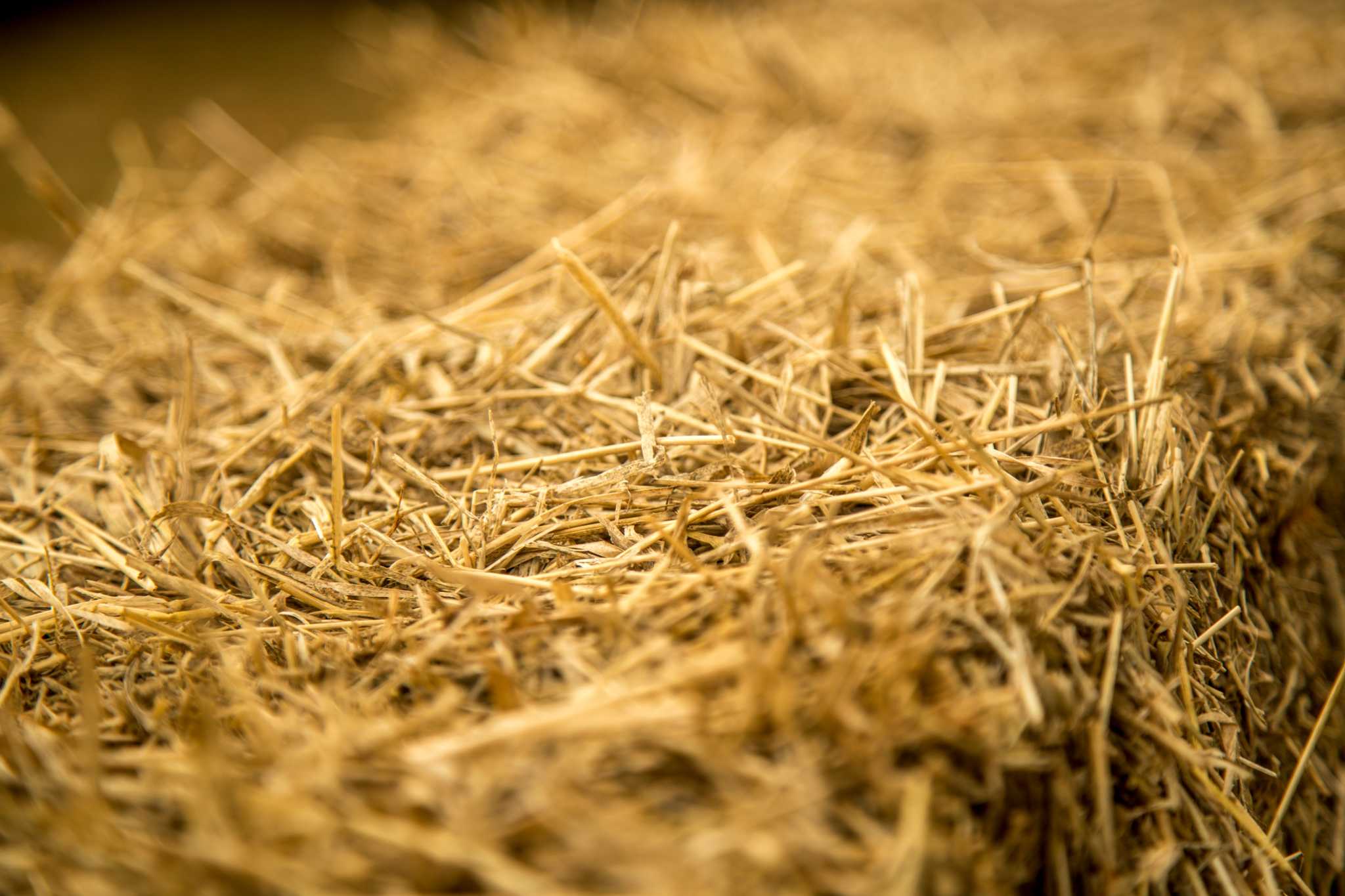

Landscaping Ideas
How Thick Should Straw Be Over Grass Seed
Modified: March 21, 2024
Discover the best landscaping ideas for your lawn with our guide on how thick straw should be over grass seed. Create a lush, healthy lawn with expert tips.
(Many of the links in this article redirect to a specific reviewed product. Your purchase of these products through affiliate links helps to generate commission for Storables.com, at no extra cost. Learn more)
**
Introduction
**
When it comes to cultivating a lush, vibrant lawn, the process of overseeding plays a crucial role in revitalizing and thickening the grass. To ensure the success of overseeding, the application of straw over grass seed is a common practice that offers a multitude of benefits. However, determining the appropriate thickness of straw to use is a pivotal factor that directly impacts the outcome of the overseeding process. In this comprehensive guide, we will delve into the significance of straw thickness, the factors to consider, the ideal thickness for straw over grass seed, and the numerous benefits of utilizing the right thickness. By understanding these key aspects, you will be equipped with the knowledge to optimize the overseeding process and foster the growth of a healthy, verdant lawn.
**
Key Takeaways:
- The thickness of straw over grass seed is crucial for successful overseeding, impacting moisture retention, erosion prevention, weed suppression, and nutrient preservation. It varies based on seed type and environmental factors.
- By using the right thickness of straw, homeowners and landscapers can foster the growth of a resilient, vibrant lawn, enhancing outdoor spaces with benefits like enhanced germination, erosion prevention, weed suppression, and nutrient preservation.
Read more: Why Is Straw Put Over Grass Seed
Importance of Straw Thickness
**
The thickness of the straw layer is a critical element in the overseeding process, as it directly influences the success of grass seed germination and establishment.
1. Moisture Retention: A sufficient layer of straw aids in retaining moisture, creating an optimal environment for seed germination. By covering the grass seed with an appropriate thickness of straw, the moisture level in the soil is regulated, preventing rapid evaporation and ensuring consistent hydration for the seeds.
2. Protection from Erosion: In regions prone to erosion, a thicker layer of straw serves as a protective barrier, safeguarding the newly sown grass seed from being displaced by wind or water. This shielding effect is particularly crucial in sloped areas or locations with loose, sandy soil.
3. Temperature Regulation: The thickness of the straw layer also contributes to regulating soil temperature. During the germination process, an adequate straw covering helps to insulate the soil, shielding it from extreme temperature fluctuations and providing a stable, conducive environment for seedling development.
4. Weed Suppression: Optimal straw thickness inhibits weed growth by blocking sunlight and impeding the germination of weed seeds. This protective barrier minimizes competition for resources, allowing the grass seed to thrive without being overshadowed by invasive plants.
5. Nutrient Preservation: A well-maintained straw layer helps to preserve essential nutrients in the soil, preventing leaching and erosion. This contributes to the overall health and vigor of the grass seedlings as they establish their root systems.
By recognizing the pivotal role of straw thickness in the overseeding process, homeowners and landscapers can effectively promote successful germination and foster the development of a resilient, flourishing lawn.
Factors to Consider
When determining the appropriate thickness of straw to apply over grass seed during overseeding, several crucial factors should be taken into consideration to optimize the germination and establishment of the new grass.
1. Seed Type and Size: Different grass species have varying seed sizes, and this influences the depth at which they should be sown. Fine grass seeds may require a thinner layer of straw to ensure they receive adequate light for germination, while larger seeds may benefit from a slightly thicker covering for protection and moisture retention.
2. Climate and Soil Conditions: The local climate and soil characteristics play a significant role in determining the ideal straw thickness. Areas with high wind or heavy rainfall may necessitate a thicker straw layer to prevent erosion and seed displacement. Similarly, soil types with low moisture retention may require a more substantial straw covering to maintain adequate hydration levels for germination.
3. Sunlight Exposure: The amount of sunlight reaching the overseeded area is a crucial factor in straw thickness determination. In regions with abundant sunlight, a thinner layer of straw may be sufficient to protect the seeds and retain moisture while allowing adequate light penetration for germination. Conversely, in shaded areas, a slightly thicker straw covering may be necessary to compensate for reduced sunlight and maintain optimal moisture levels.
4. Seedbed Preparation: The condition of the seedbed after overseeding preparation influences the required straw thickness. A well-prepared, level seedbed may necessitate a thinner layer of straw, while rough or uneven seedbeds may benefit from a slightly thicker covering to provide additional protection and stability for the seeds.
5. Maintenance and Monitoring: Consideration should be given to the ability to monitor and maintain the overseeded area. Thicker layers of straw may require more frequent inspection to ensure proper seedling emergence and prevent issues such as matting or excessive moisture retention.
By carefully evaluating these factors, homeowners and landscapers can make informed decisions regarding the appropriate thickness of straw to apply, ultimately optimizing the conditions for successful grass seed germination and establishment.
Aim for a straw layer about 1/4 to 1/2 inch thick over grass seed. This will help protect the seeds and retain moisture for better germination.
Ideal Thickness for Straw Over Grass Seed
Determining the ideal thickness of straw to apply over grass seed during overseeding is essential for creating an environment conducive to successful germination and establishment. While the specific requirements may vary based on the factors mentioned earlier, a general guideline can help homeowners and landscapers achieve optimal results.
1. Fine Seed Varieties: For fine grass seed varieties, such as certain types of fescue or bentgrass, a thin layer of straw, approximately 1/4 to 1/2 inch in thickness, is often sufficient. This minimal coverage allows adequate light penetration while providing a protective barrier and moisture retention for the delicate seeds.
2. Standard Seed Varieties: Common grass seed varieties, including Kentucky bluegrass and perennial ryegrass, typically benefit from a slightly thicker layer of straw, ranging from 1/2 to 1 inch in depth. This provides enhanced protection against erosion, regulates soil temperature, and supports consistent moisture levels for successful germination.
3. Large Seed Varieties: Grass species with larger seeds, such as certain types of tall fescue or turf-type fescue, may require a thicker straw covering, typically ranging from 1 to 1 1/2 inches in depth. The additional insulation and protection offered by this depth support the germination and establishment of larger grass seeds, particularly in areas prone to environmental stressors.
It is important to note that these guidelines serve as a starting point, and adjustments may be necessary based on specific site conditions and local climate factors. Additionally, regular monitoring of the overseeded area allows for ongoing assessment and potential modifications to the straw thickness to optimize the germination process. By adhering to these recommended thickness ranges and remaining attentive to the evolving needs of the newly sown grass seed, homeowners and landscapers can foster the growth of a resilient, healthy lawn.
Benefits of Using the Right Thickness
Utilizing the appropriate thickness of straw over grass seed during overseeding yields a multitude of benefits that directly contribute to the successful establishment and long-term health of the newly sown grass.
1. Enhanced Germination: By applying the right thickness of straw, the moisture retention and protection provided create an optimal environment for seed germination. This fosters a higher germination rate and more robust seedling development, resulting in a denser, healthier lawn over time.
2. Erosion Prevention: The correct straw thickness acts as a protective barrier, safeguarding the freshly sown grass seed from erosion caused by wind and water. This helps maintain the integrity of the seedbed, preventing seed displacement and promoting uniform seedling emergence.
3. Weed Suppression: A well-maintained straw layer inhibits weed growth by blocking sunlight and creating an unfavorable environment for weed seed germination. This reduces competition for resources and allows the overseeded grass to establish itself without being encroached upon by unwanted vegetation.
4. Soil Temperature Regulation: The right thickness of straw contributes to insulating the soil, shielding it from extreme temperature fluctuations. This stable soil temperature supports consistent seed germination and early seedling growth, promoting a healthy start for the new grass.
5. Moisture Management: Proper straw thickness helps regulate soil moisture levels, preventing rapid evaporation and ensuring consistent hydration for the germinating seeds. This reduces the risk of seed desiccation and supports the development of strong, resilient root systems.
6. Nutrient Preservation: An optimal straw layer aids in preserving essential nutrients in the soil, preventing leaching and erosion. This contributes to the overall vigor and long-term health of the newly established grass, promoting a thriving, sustainable lawn.
By leveraging the benefits of using the right thickness of straw, homeowners and landscapers can maximize the success of the overseeding process, fostering the growth of a resilient, vibrant lawn that enhances the beauty and functionality of outdoor spaces.
Read more: How To Lay Straw Over Grass Seed
Conclusion
In the realm of lawn care and landscaping, the application of straw over grass seed during overseeding is a pivotal practice that significantly influences the success of establishing a lush, healthy lawn. The determination of the appropriate thickness of straw is a crucial factor that directly impacts the germination, establishment, and long-term resilience of the newly sown grass. By recognizing the importance of straw thickness and considering key factors such as seed type, climate, and sunlight exposure, homeowners and landscapers can make informed decisions to optimize the overseeding process.
The ideal thickness for straw over grass seed varies based on the specific characteristics of the grass seed varieties and the environmental conditions of the overseeded area. By adhering to recommended thickness ranges and remaining attentive to the evolving needs of the newly sown grass, individuals can foster the growth of a resilient, vibrant lawn that enhances the beauty and functionality of outdoor spaces.
By utilizing the right thickness of straw, numerous benefits are realized, including enhanced germination, erosion prevention, weed suppression, soil temperature regulation, moisture management, and nutrient preservation. These advantages contribute to the successful establishment and long-term health of the overseeded grass, ultimately culminating in a thriving, sustainable lawn that enriches the outdoor environment.
In conclusion, the meticulous consideration of straw thickness during overseeding is a fundamental aspect of fostering the growth of a vibrant, resilient lawn. By embracing this practice and understanding the nuanced factors that influence straw thickness, homeowners and landscapers can cultivate a verdant, healthy lawn that serves as a source of pride and natural beauty for years to come.
Frequently Asked Questions about How Thick Should Straw Be Over Grass Seed
Was this page helpful?
At Storables.com, we guarantee accurate and reliable information. Our content, validated by Expert Board Contributors, is crafted following stringent Editorial Policies. We're committed to providing you with well-researched, expert-backed insights for all your informational needs.
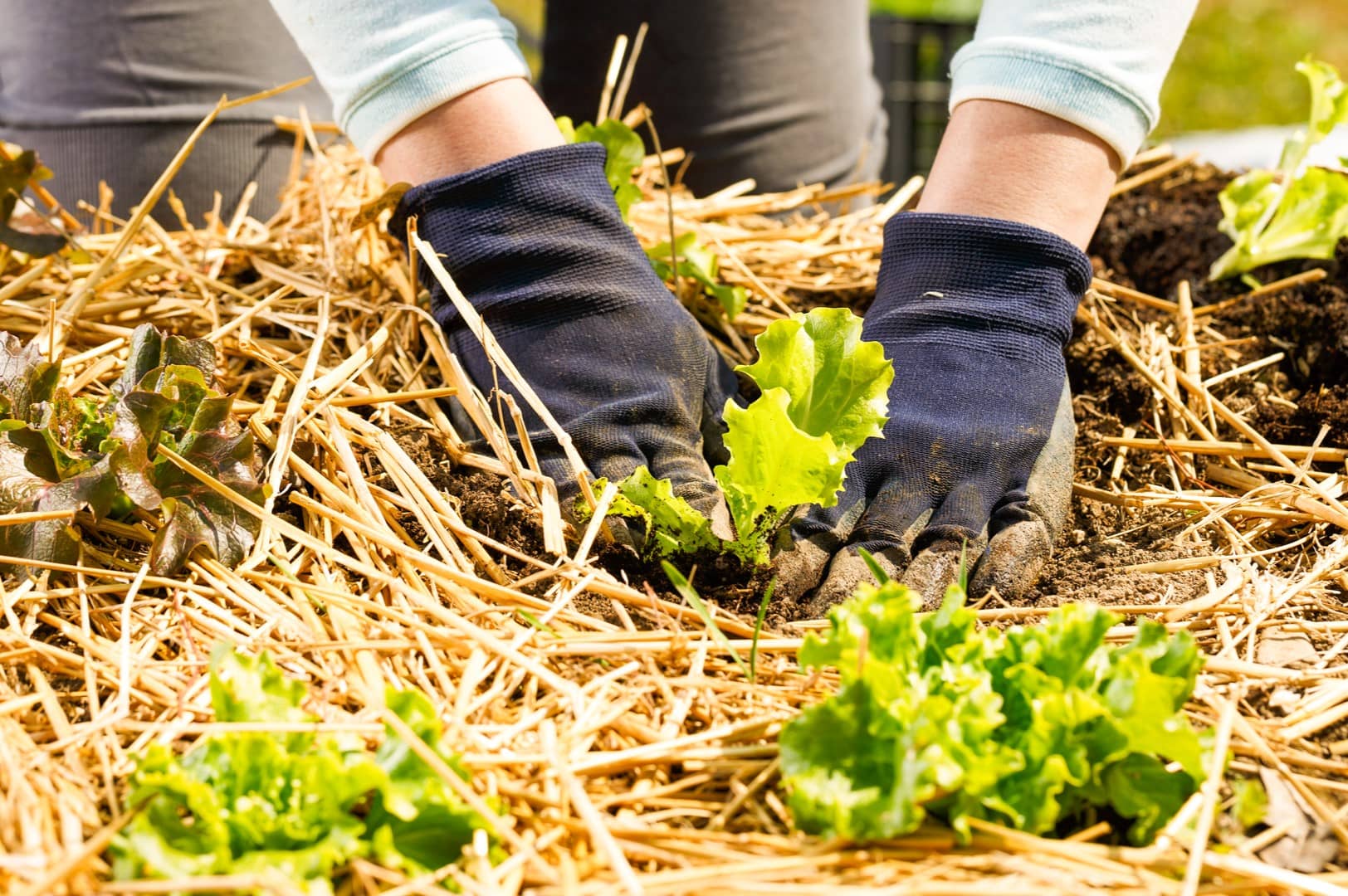
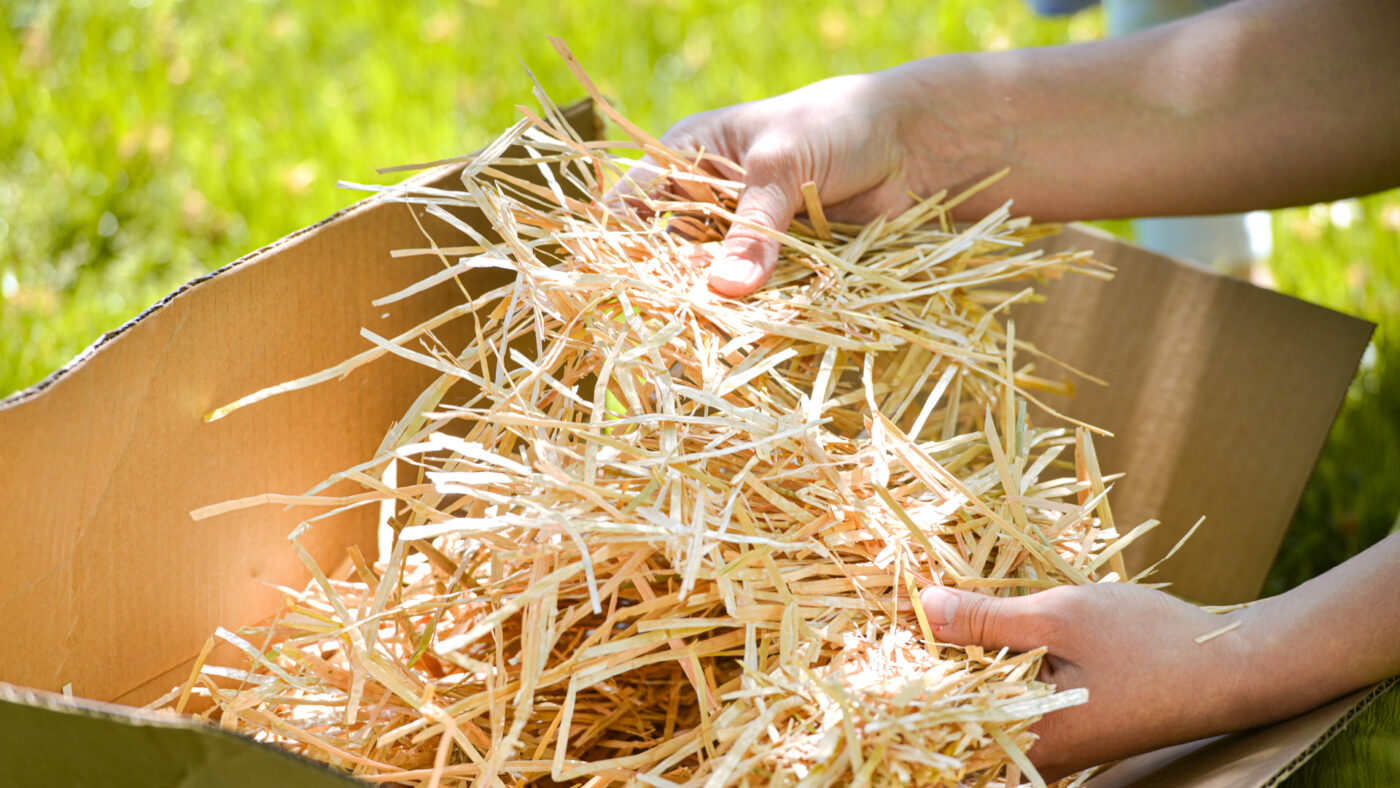
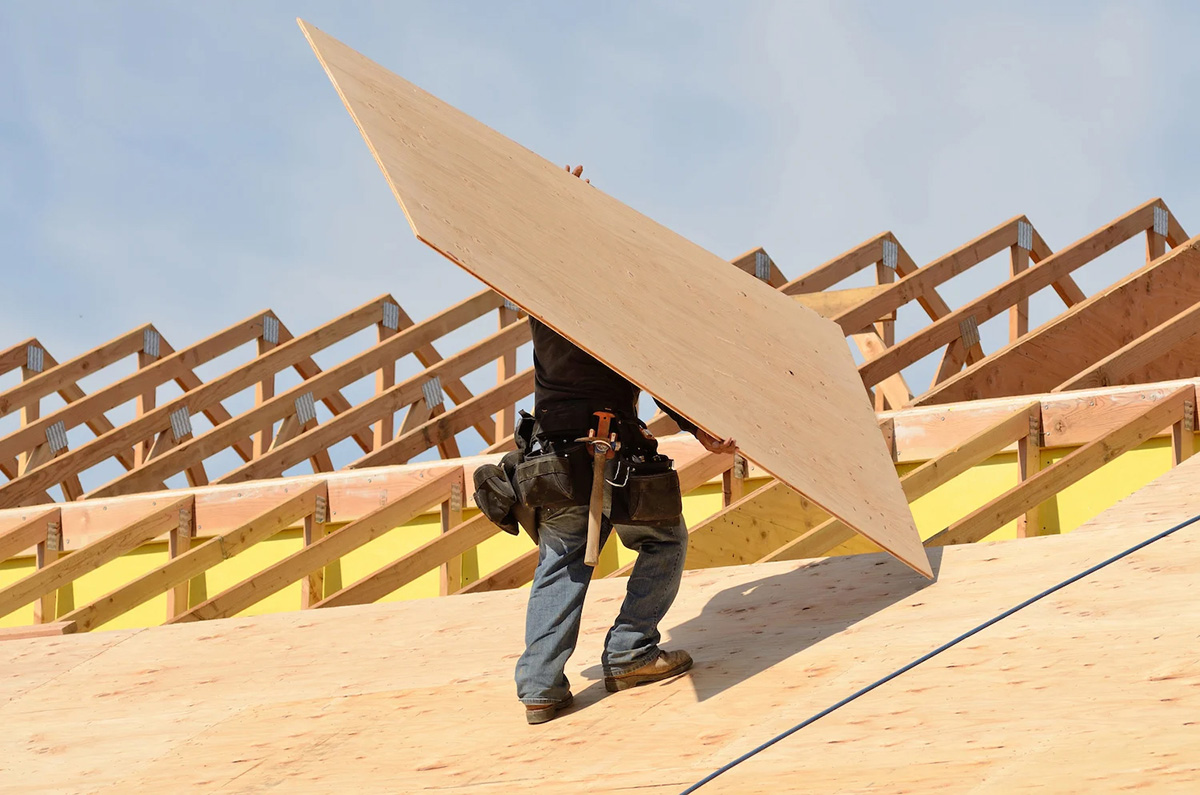
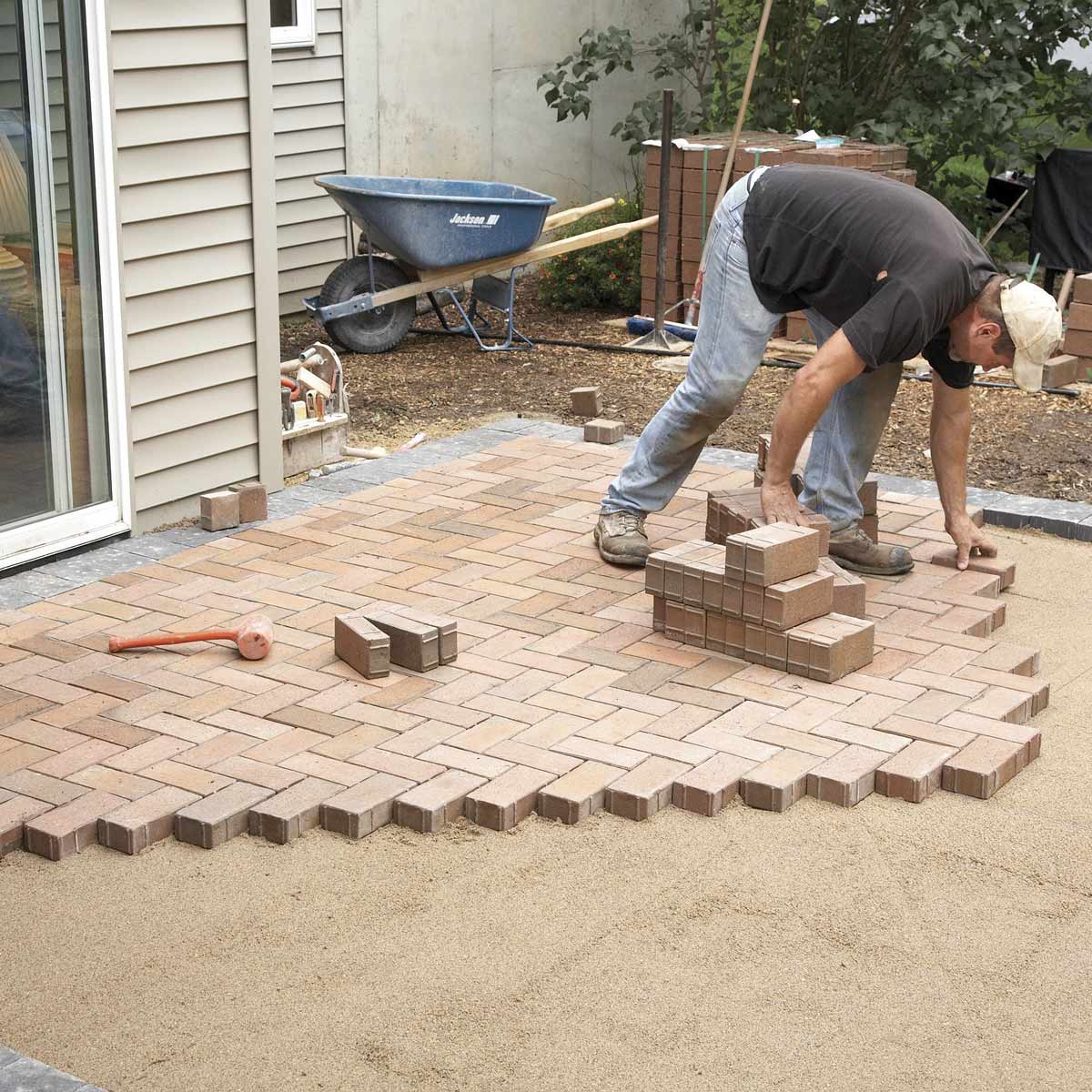
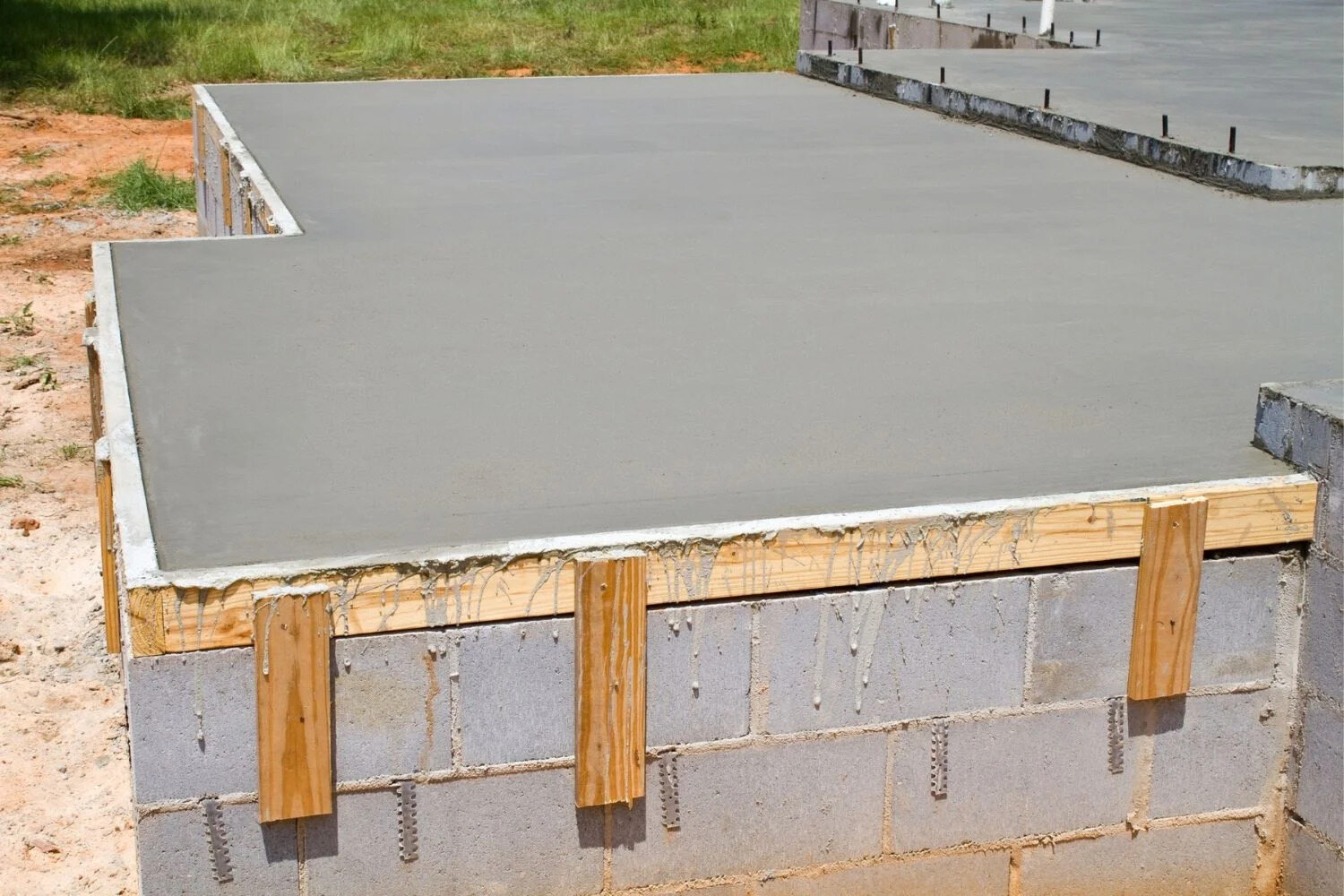
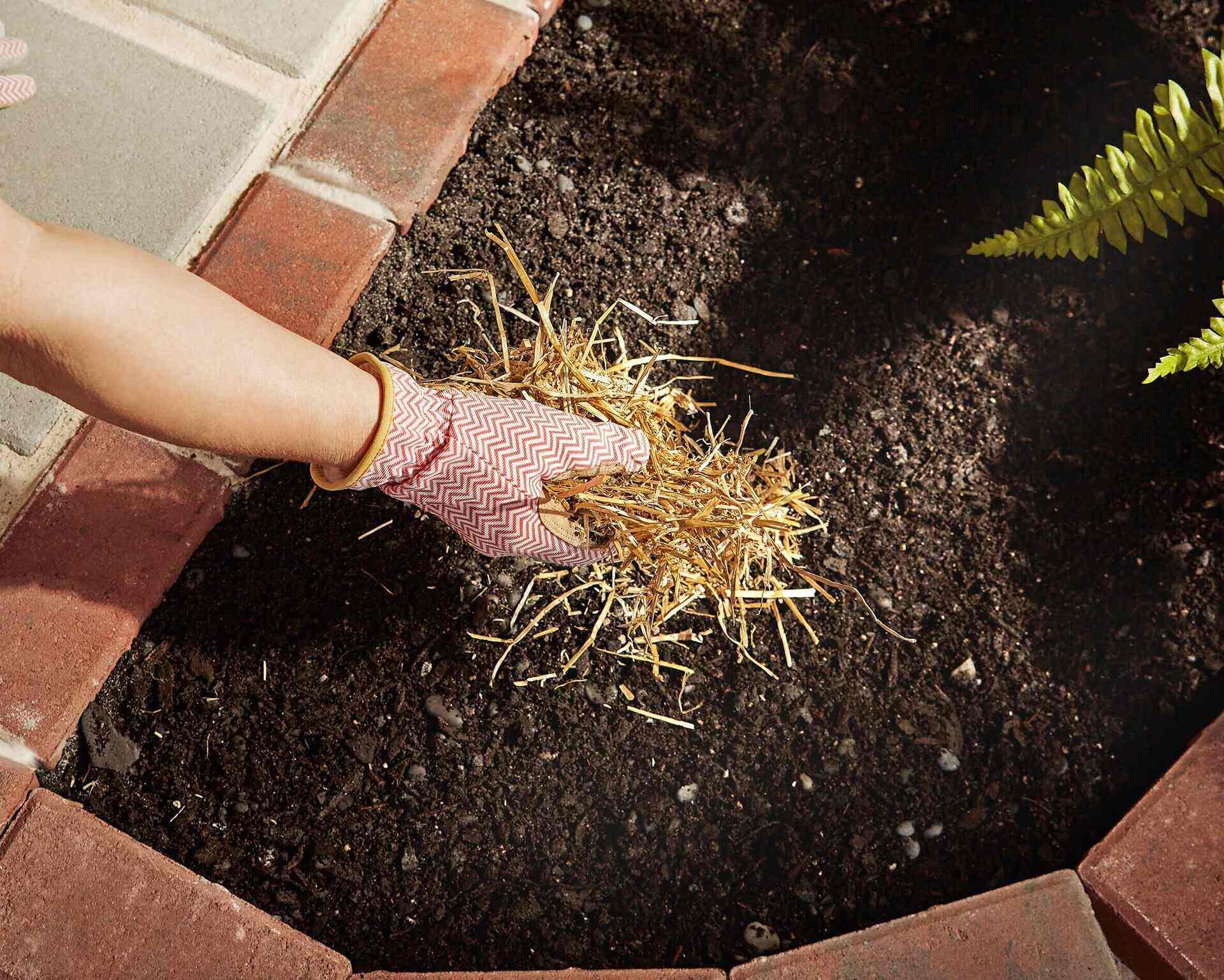
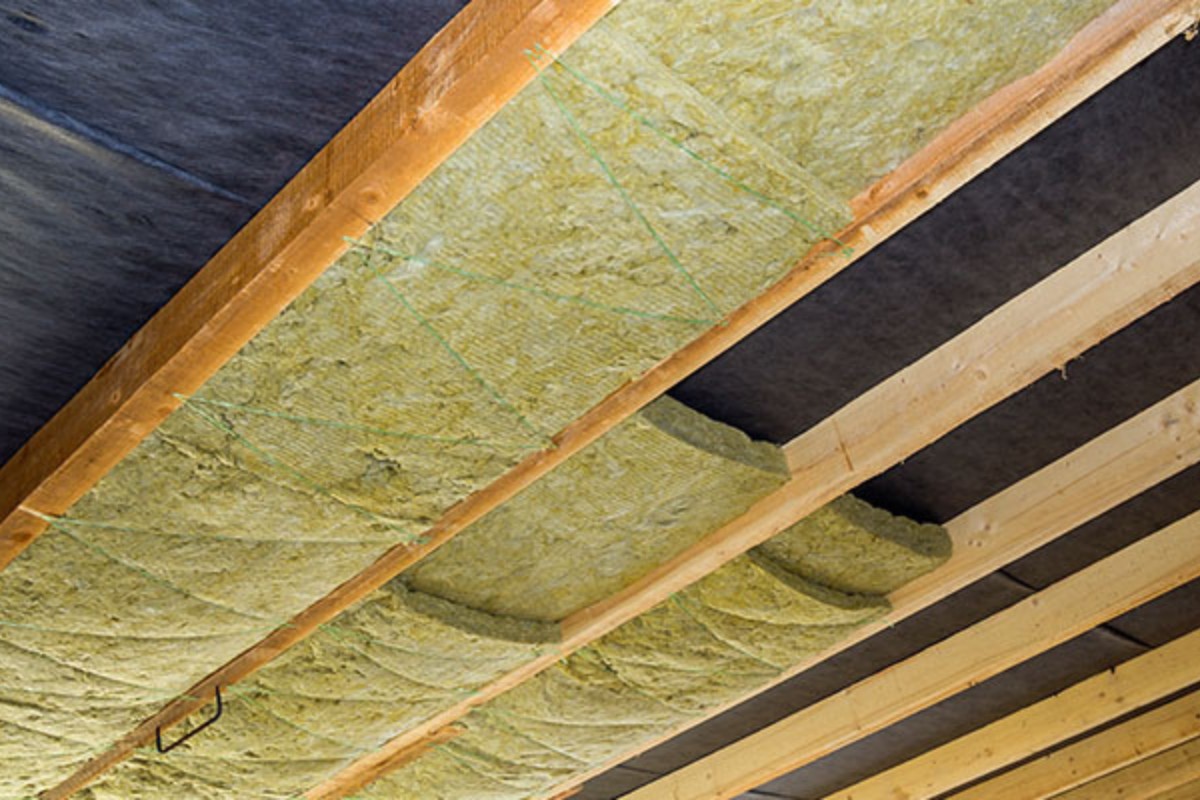
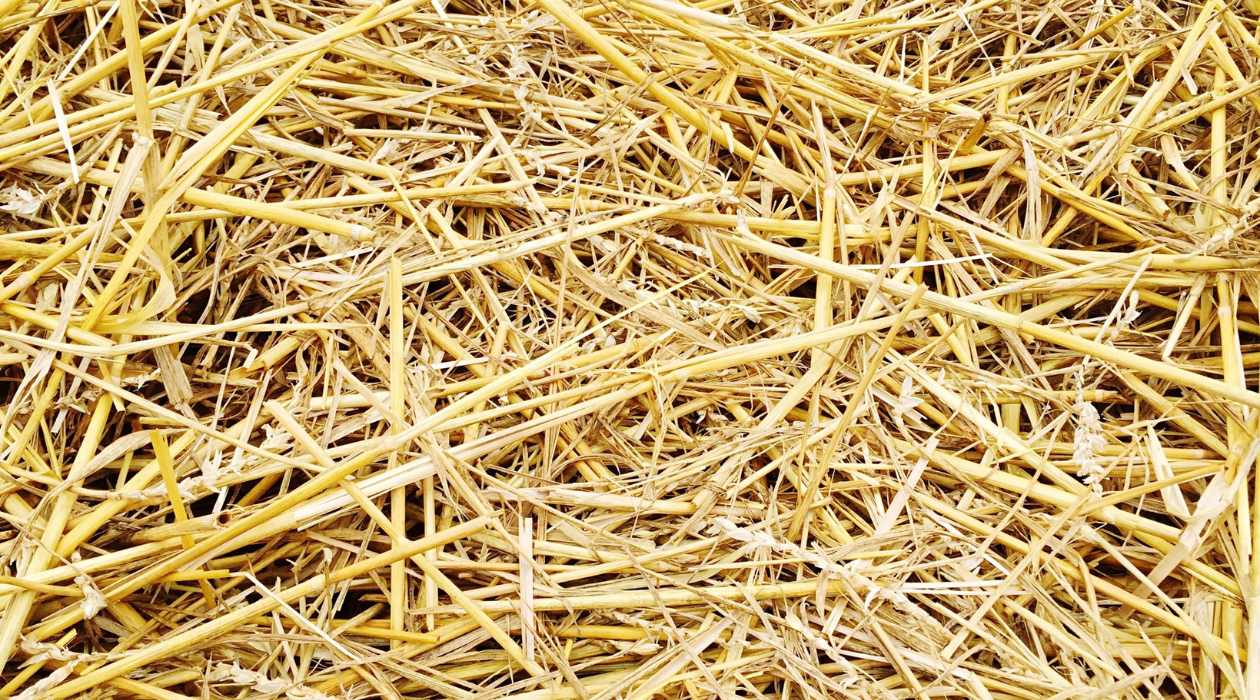
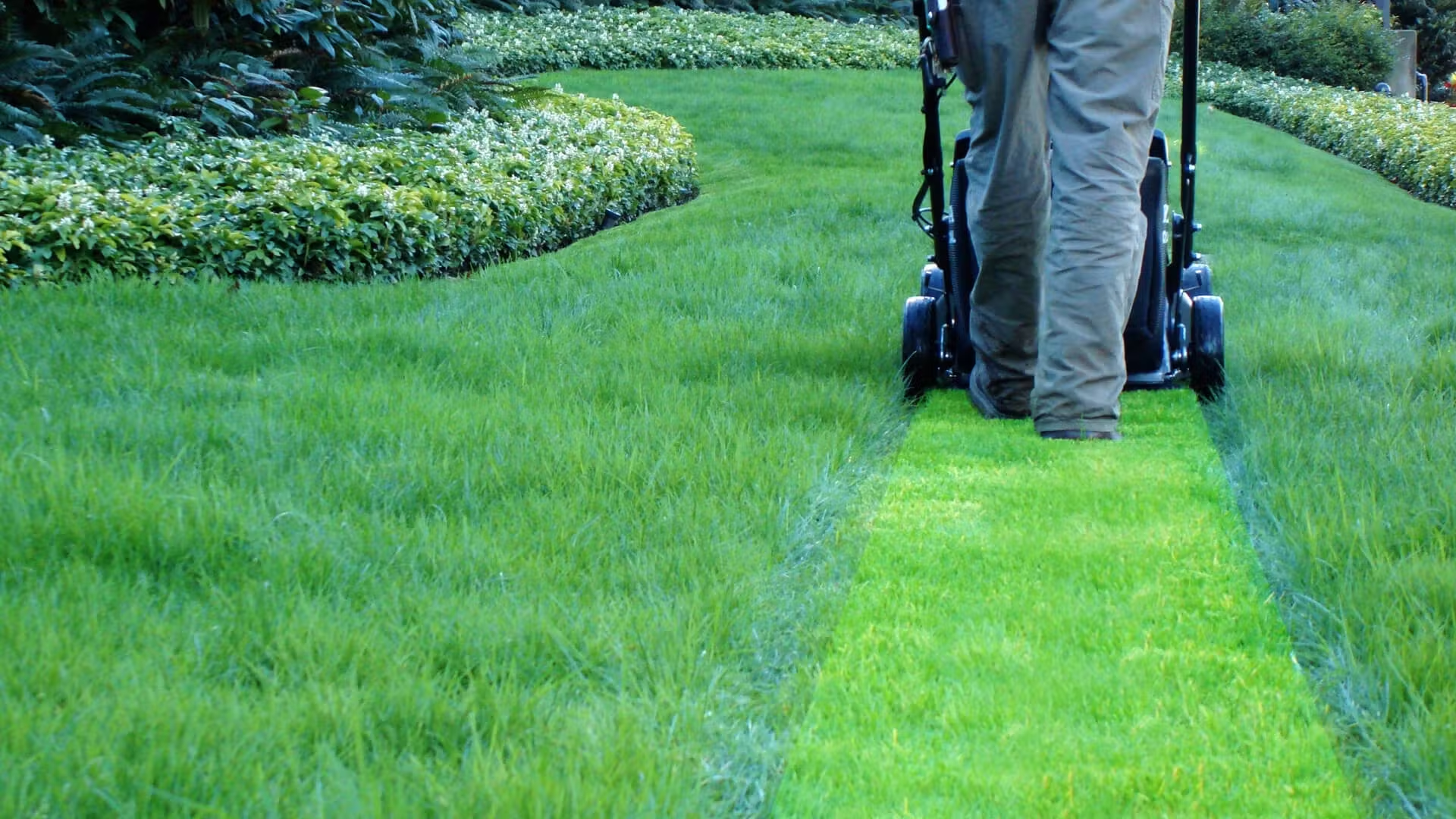
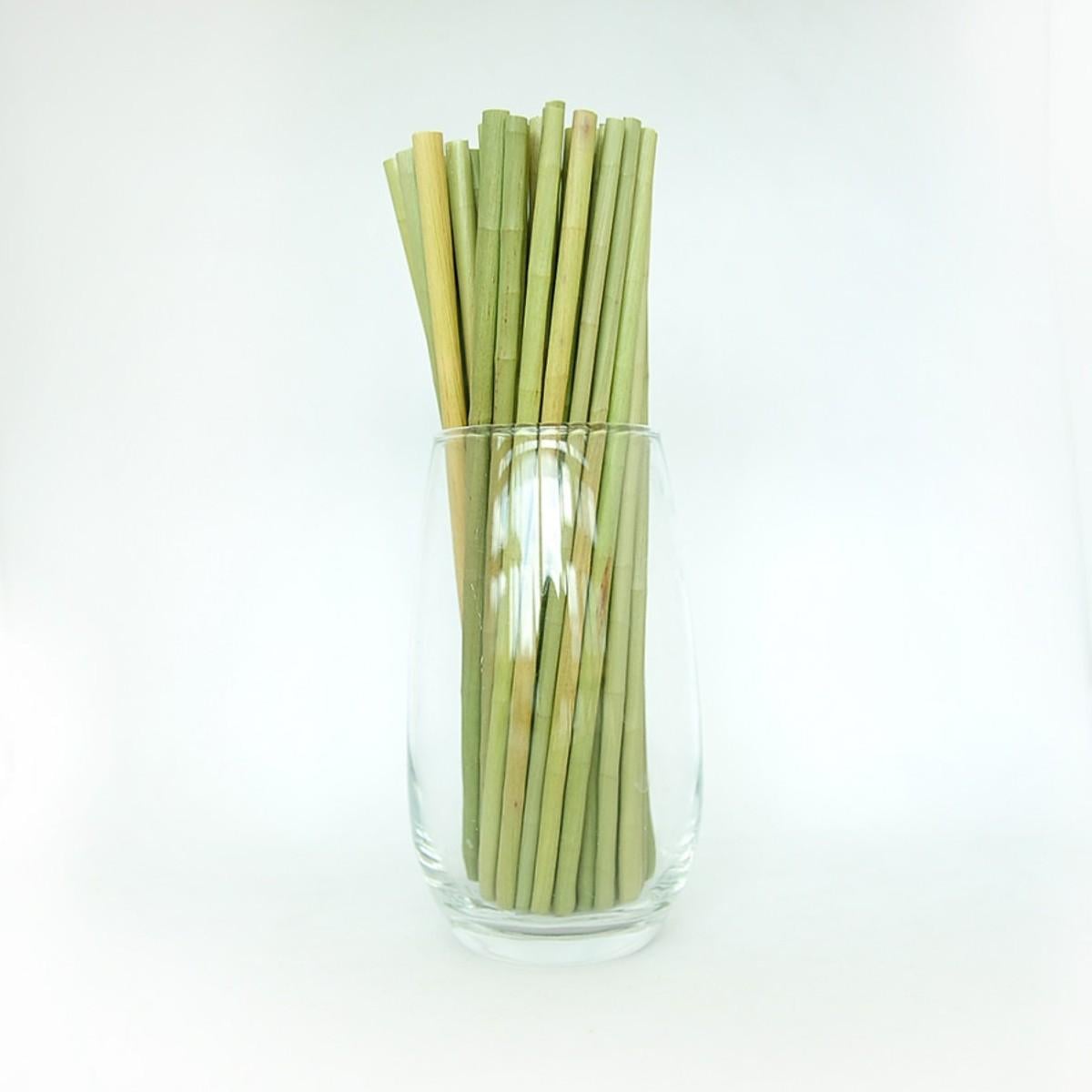
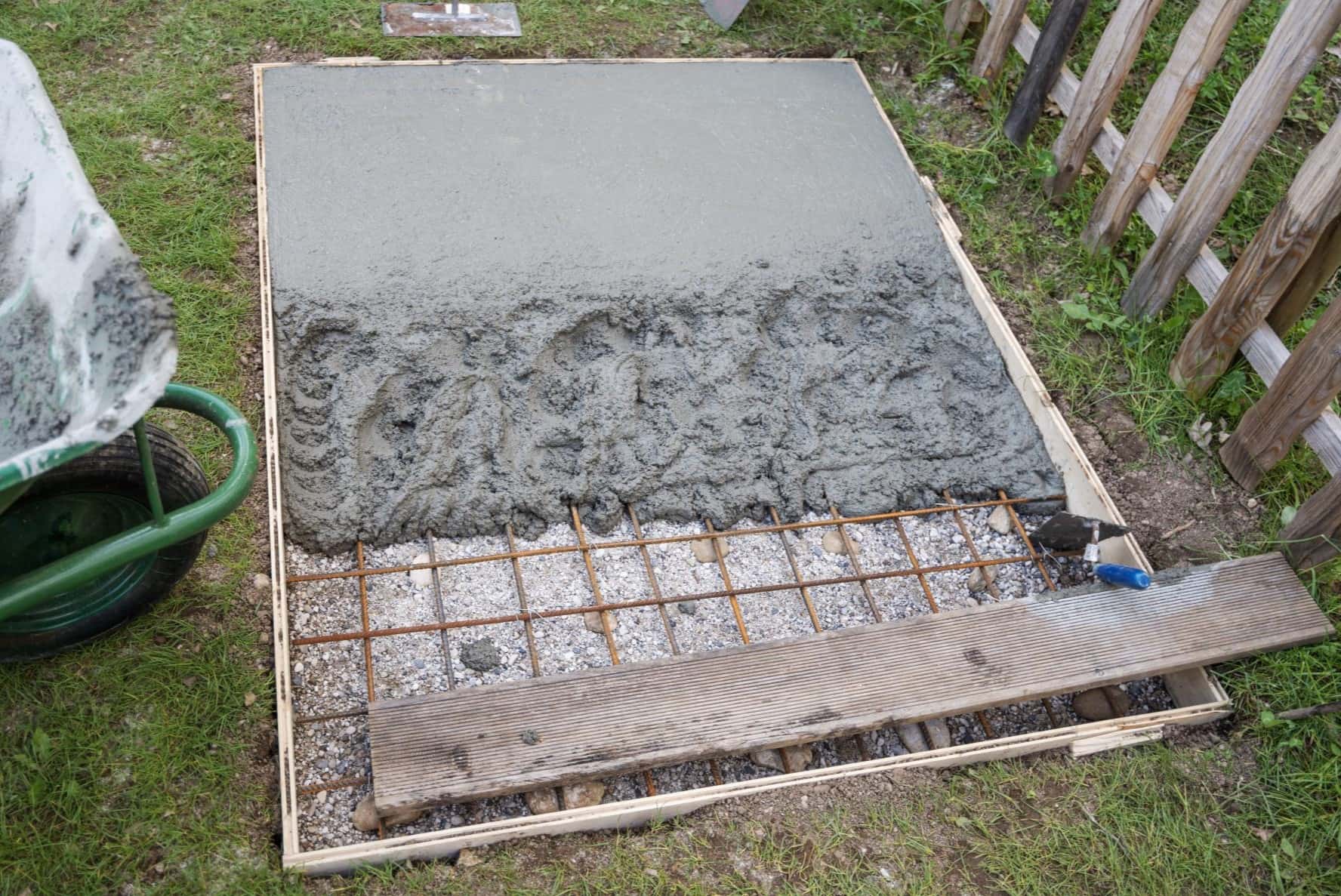
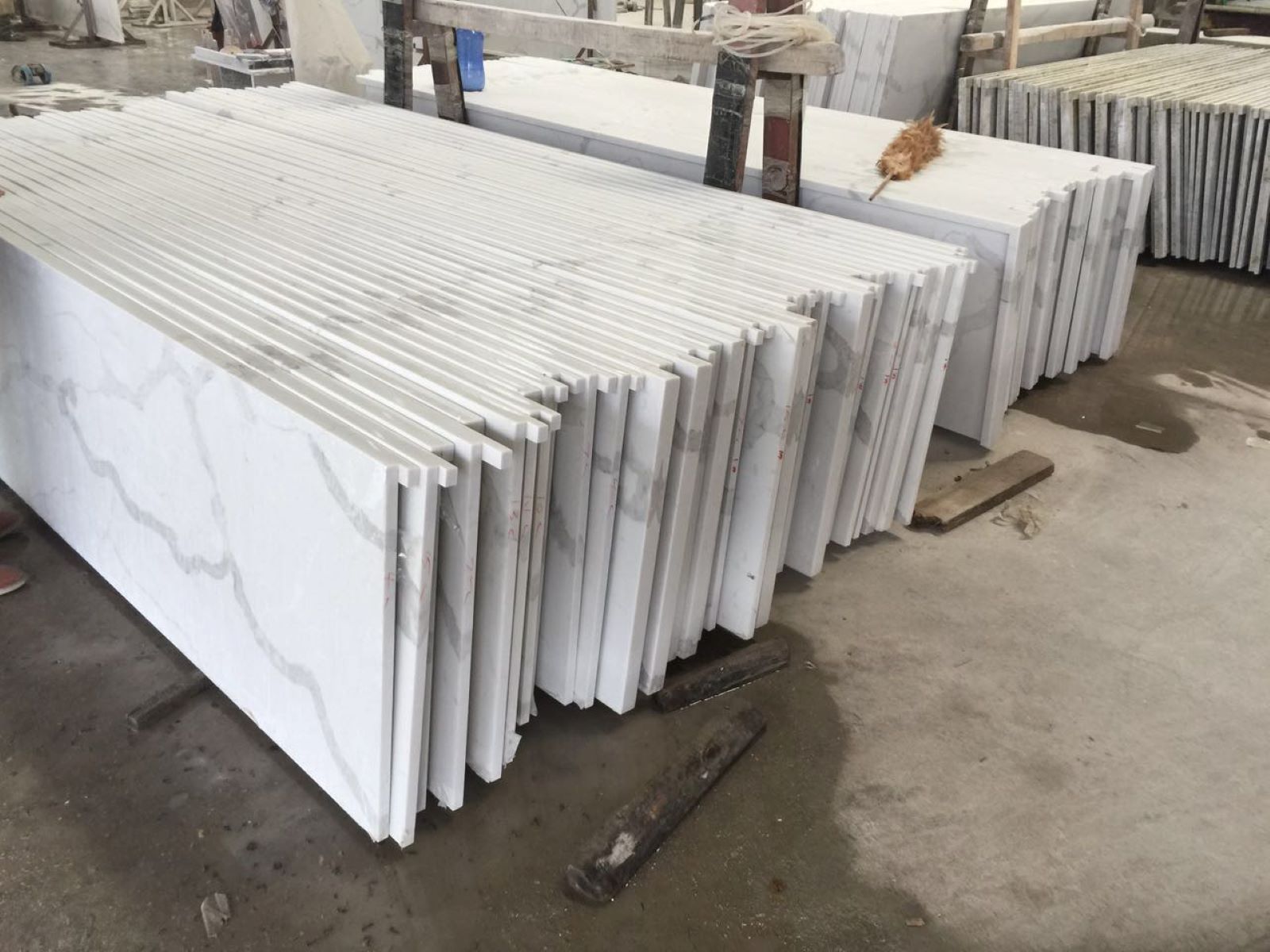

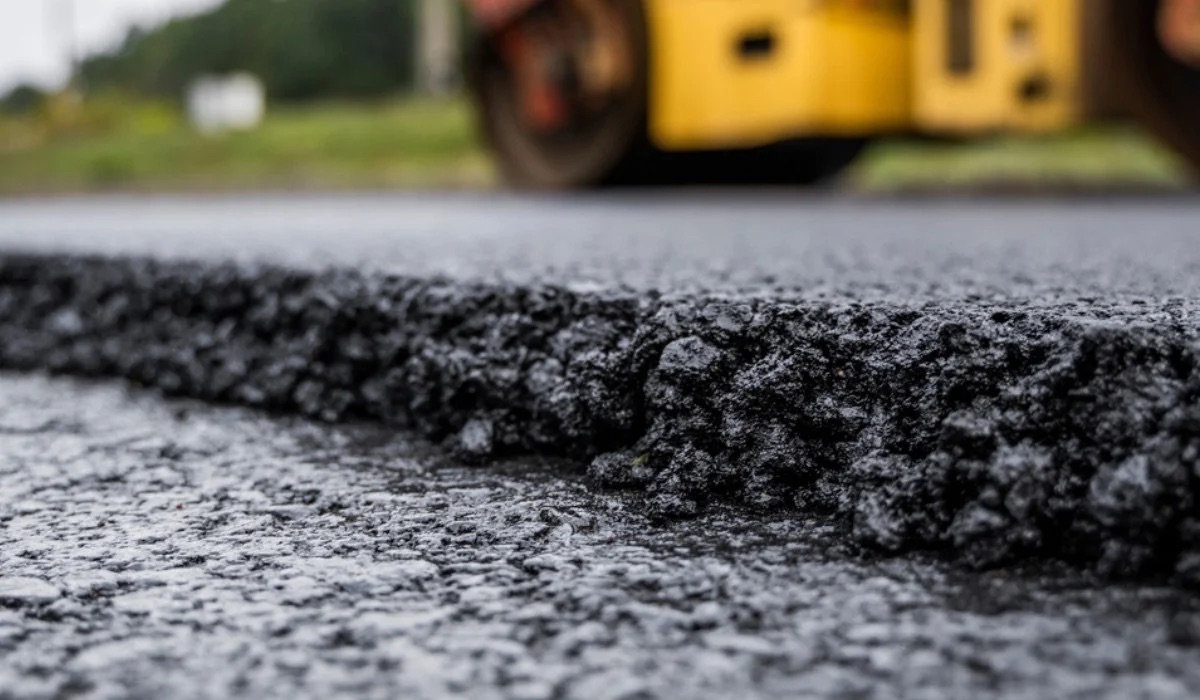

0 thoughts on “How Thick Should Straw Be Over Grass Seed”